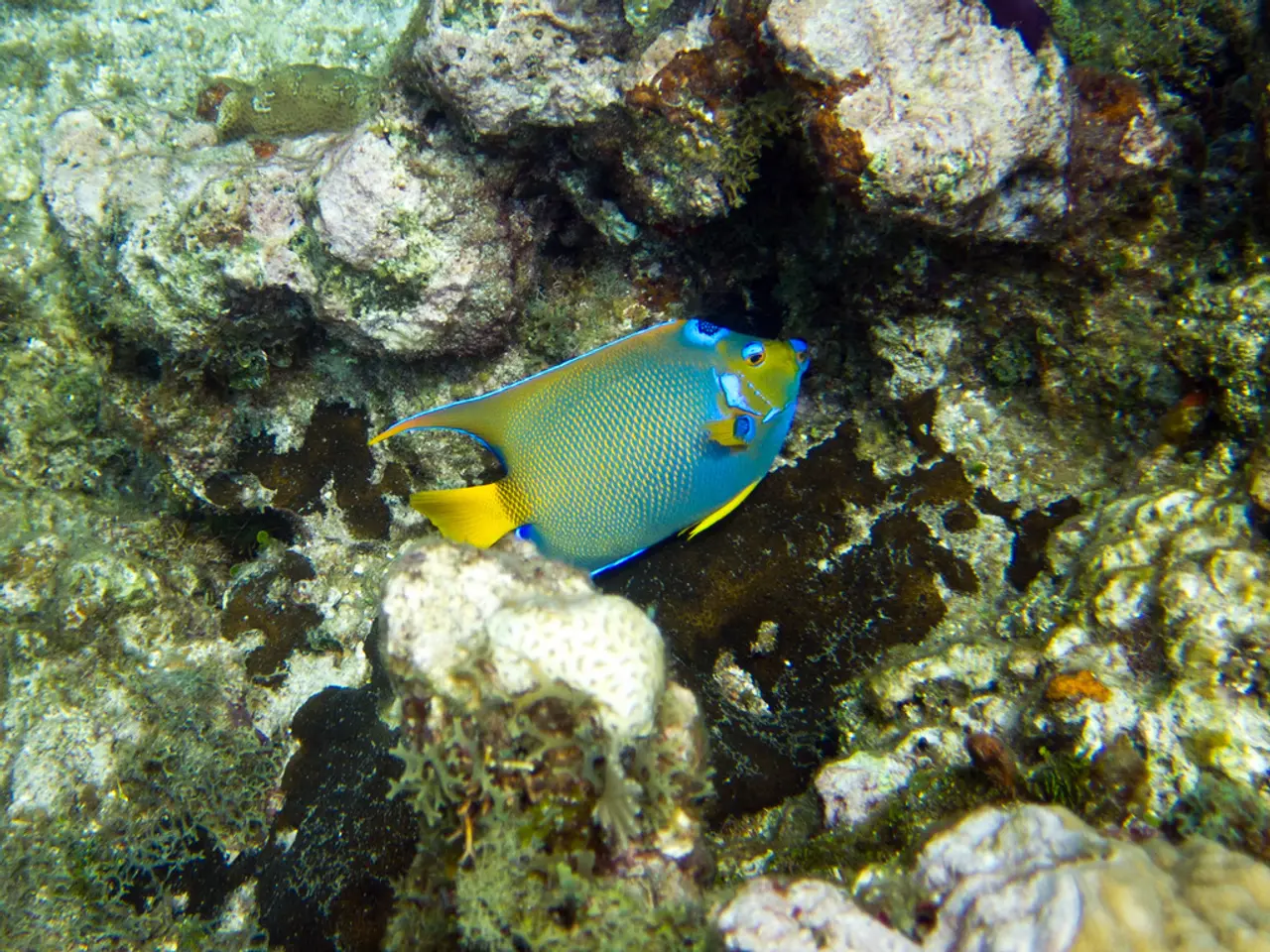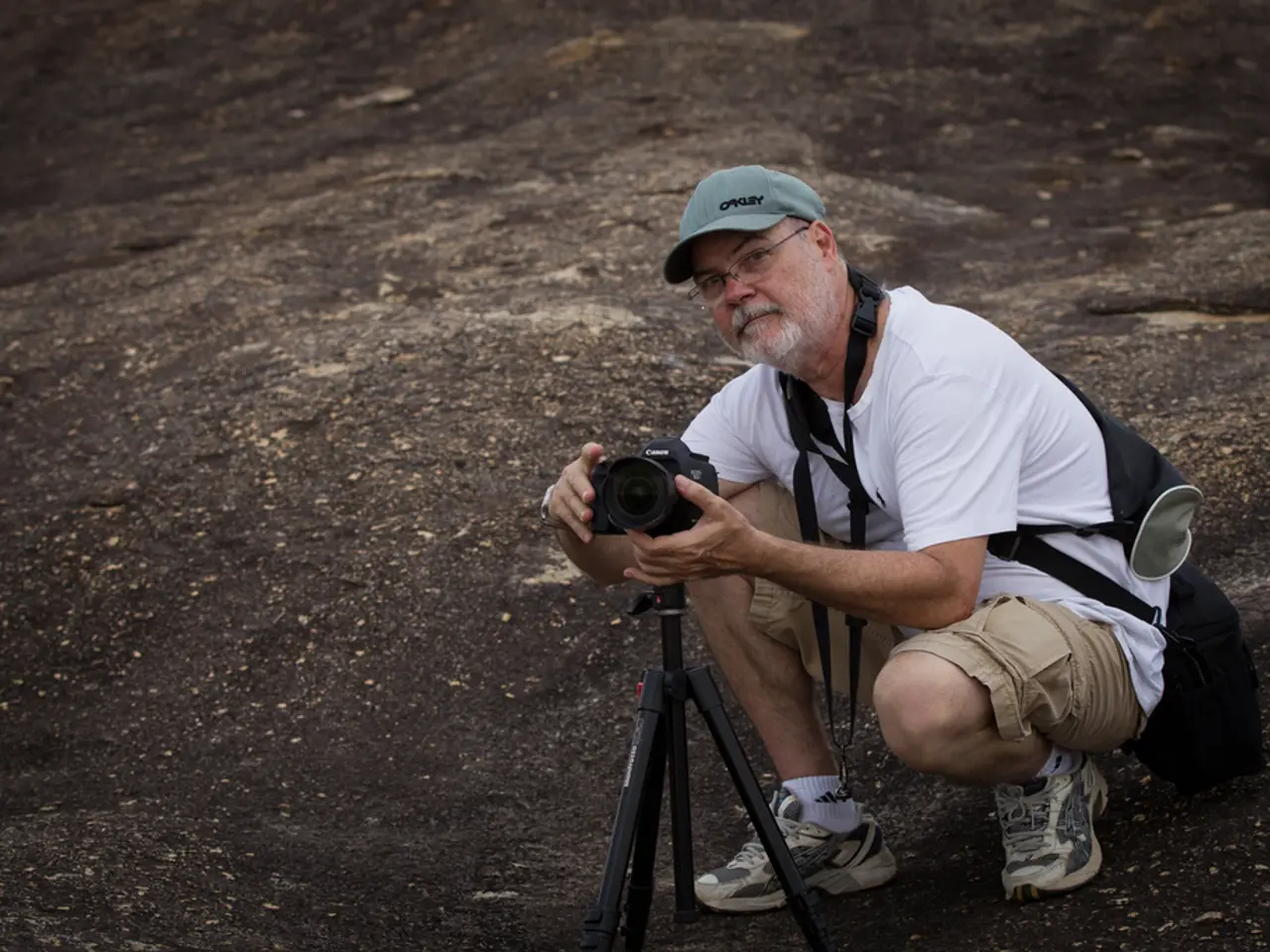Deep Dive: Discovering Underwater Life in the Gulf of America during Mesophotic and Deep Benthic Expeditions
The Mesophotic and Deep Benthic Communities restoration projects, launched in response to the 2010 Deepwater Horizon oil spill, have made significant strides since 2021. These efforts aim to restore deep-sea habitats harmed by the disaster, including corals, fish, anemones, sponges, and sea cucumbers.
### Progress Since 2021
Advances in technology have played a crucial role in the restoration process. Improved mapping techniques, such as multibeam sonar, remotely operated vehicles (ROVs), and autonomous underwater vehicles (AUVs), have enhanced the resolution and scope of habitat maps, helping scientists identify the spatial extent of impacted areas. Long-term monitoring programs have increased data collection, allowing for comparison of pre- and post-spill conditions to track recovery trajectories.
Coral and sponge propagation and restoration methods have also been refined. Researchers have developed microfragmentation techniques for corals and aquaculture methods for sponges, which help stimulate growth and transplant key species.
Scientists employ environmental DNA (eDNA) sampling to detect species presence and biodiversity in hard-to-reach areas. Various biological and physical indicators, such as coral cover, species diversity, water quality, and sedimentation rates, are monitored to evaluate restoration success and habitat health over time.
Active management, including removal of smothering sediments, deployment of artificial reef structures, and targeted species reintroductions, supplement passive restoration methods. Coordination with regulatory agencies ensures that restoration efforts align with conservation goals and mitigate ongoing human impacts like trawling or pollution.
### Specific Strategies Used
Mapping strategies include high-resolution bathymetric surveys, visual surveys via ROVs, and 3D habitat modeling to understand structural complexity and identify priority restoration sites. Coral propagation techniques include microfragmentation, in situ nursery cultivation, and genetic analysis to select resilient coral genotypes.
Habitat assessment methods include repeated ROV video transects and photo quadrats, eDNA and microbial community analysis, use of sediment traps, and water chemistry monitoring. Active management strategies include deployment of artificial reef modules, sediment removal and mitigation, and temporary exclusion zones to protect recovering areas.
### Summary
Since 2021, restoration of mesophotic and deep benthic communities affected by the Deepwater Horizon spill has advanced with the integration of cutting-edge mapping technology, improved coral propagation and nursery techniques, comprehensive habitat assessments using modern biological and chemical tools, and increasingly active restoration management. These combined strategies are helping promote the recovery of vital deep-sea ecosystems and their associated biodiversity, which are crucial for the overall health of the Gulf of Mexico. Continued monitoring and adaptive management remain essential to ensuring long-term restoration success.
The StoryMap, a collaborative effort between NOAA, federal, academic, and aquarium collaborators, offers a unique opportunity for the public to understand the restoration efforts in a visual and interactive manner. It serves as a platform to track the progress of the restoration projects across the northern Gulf of America and will be updated after each field season. The StoryMap is a testament to the ongoing commitment to the restoration and protection of deep-sea habitats in the northern Gulf of America.
- The integration of advances in technologies such as multibeam sonar, remotely operated vehicles (ROVs), and autonomous underwater vehicles (AUVs) in the restoration process, along with improved propagation techniques for corals and sponges, fall under the category of science and therapies-and-treatments.
- The use of environmental DNA (eDNA) sampling, repeated ROV video transects, and photo quadrats, sediment traps, and water chemistry monitoring for habitat assessment aligns with environmental-science practices, while deployment of artificial reef modules, sediment removal and mitigation, and temporary exclusion zones for active management suggest a link to health-and-wellness, as these strategies aim to protect and preserve deep-sea ecosystems.




